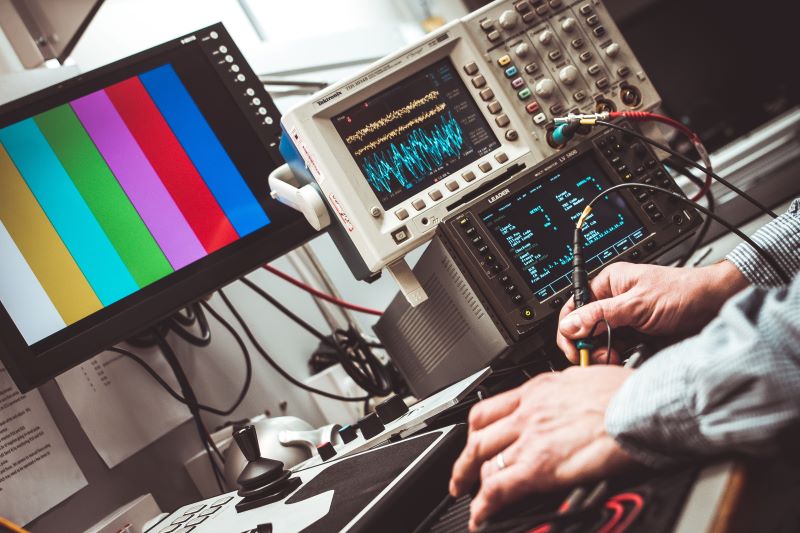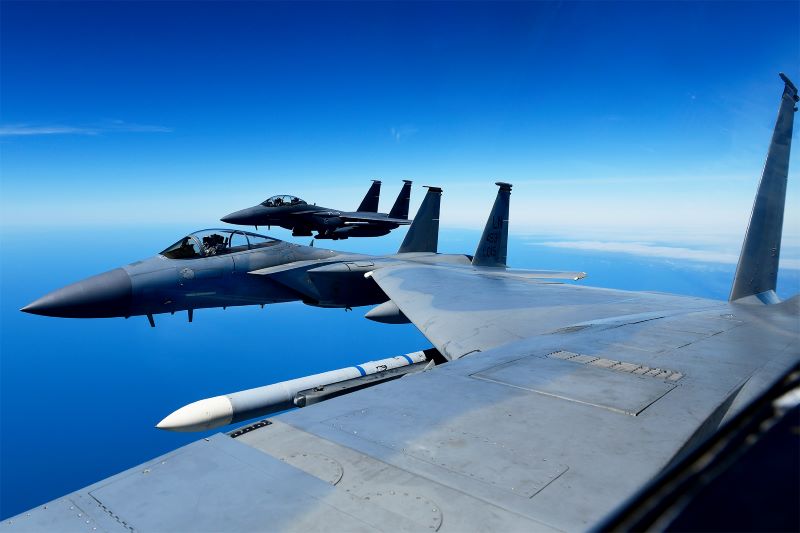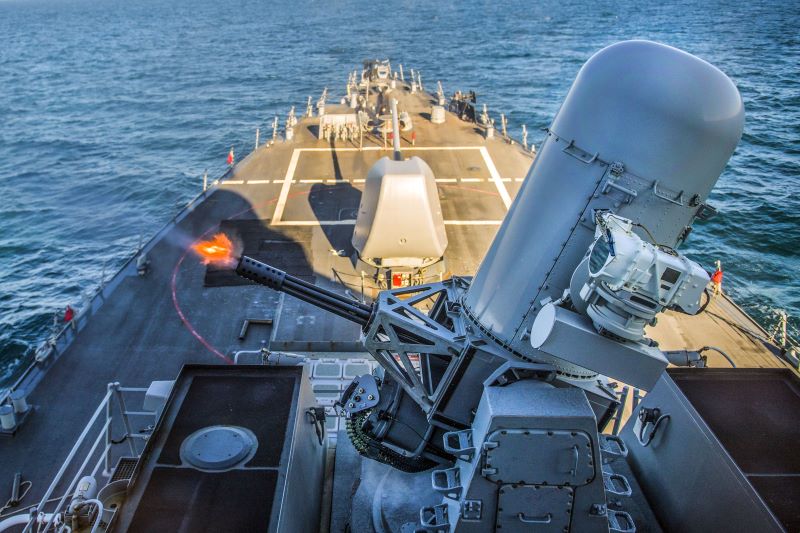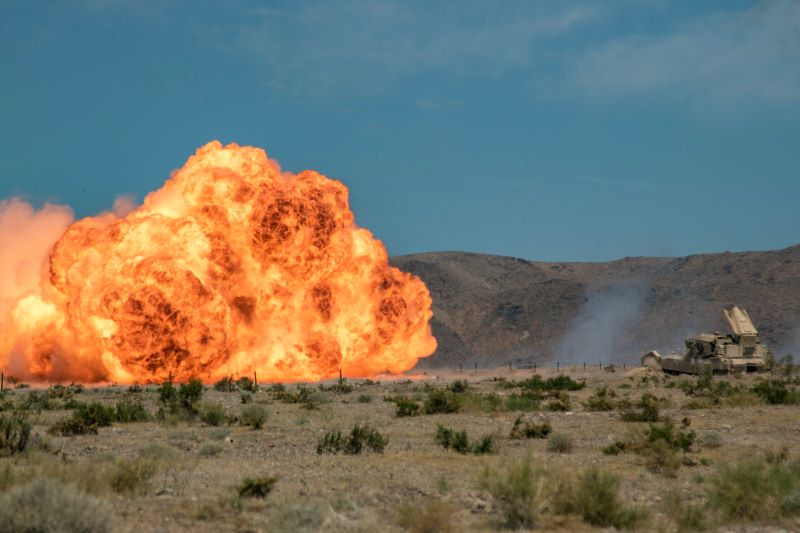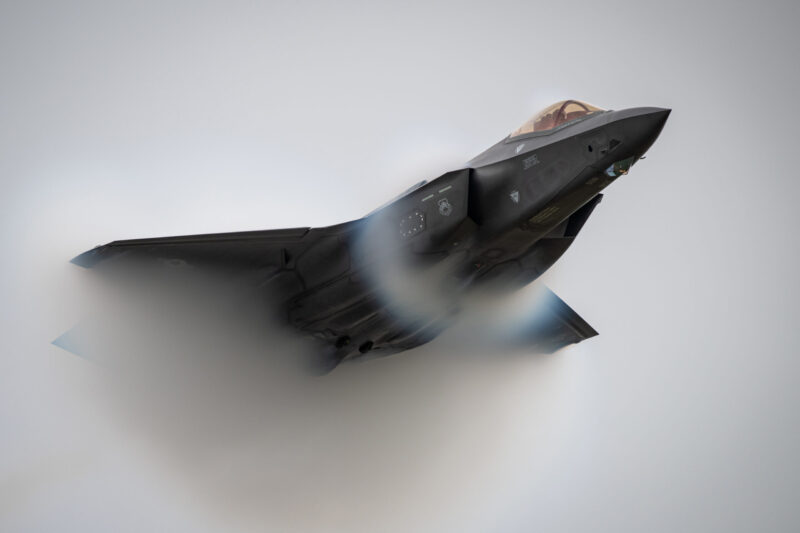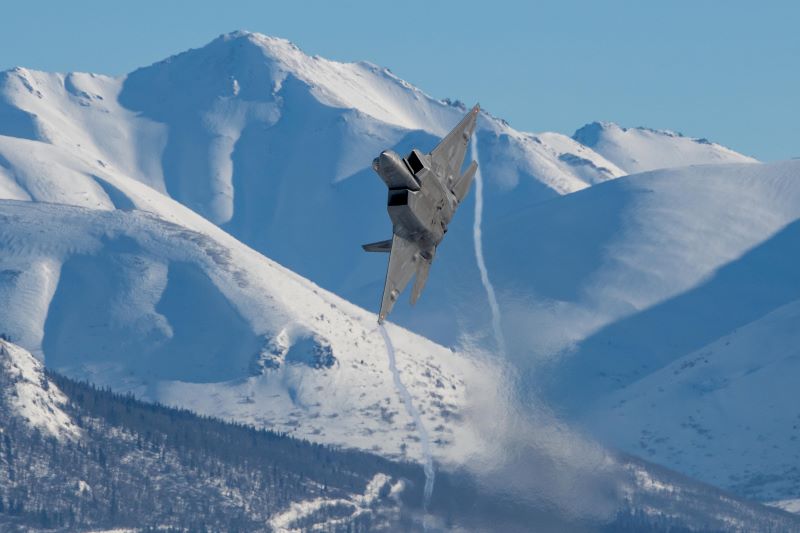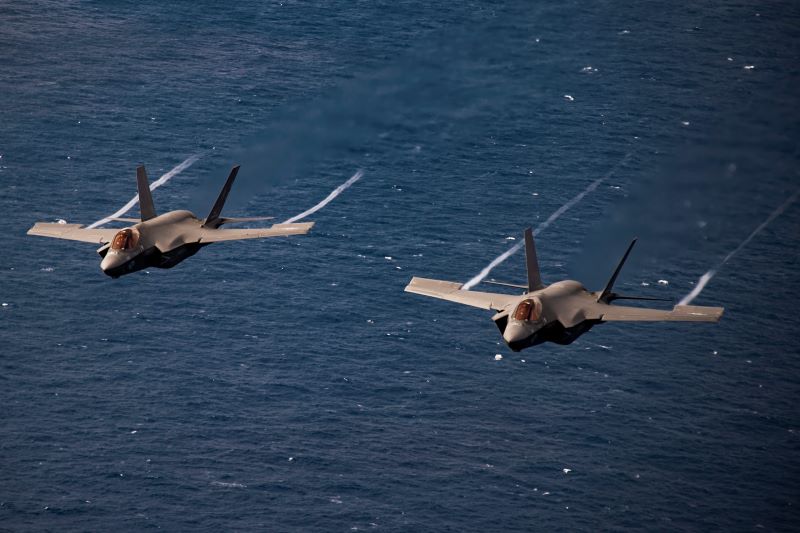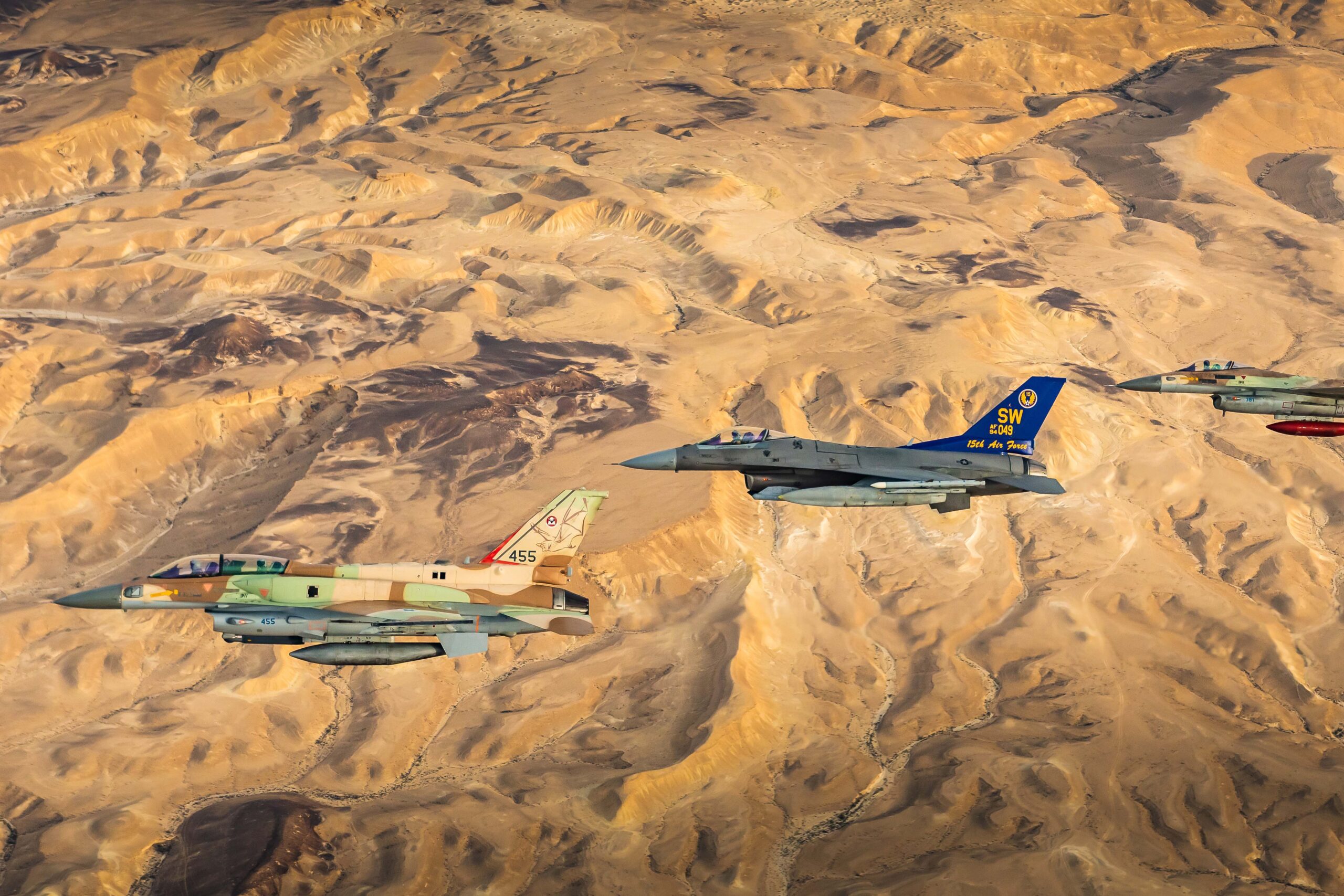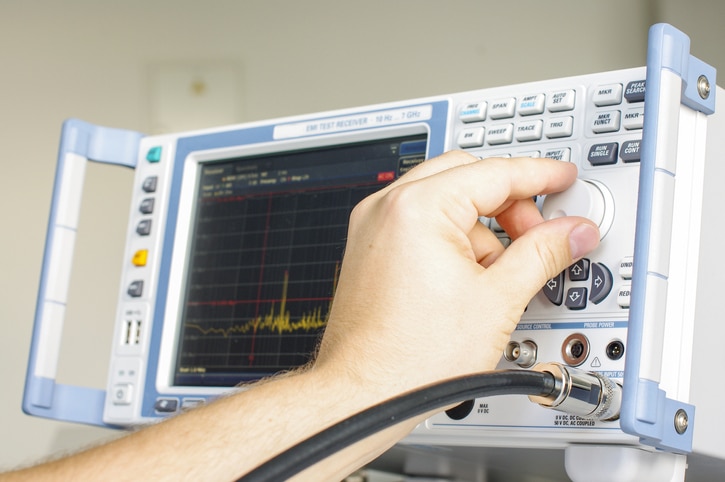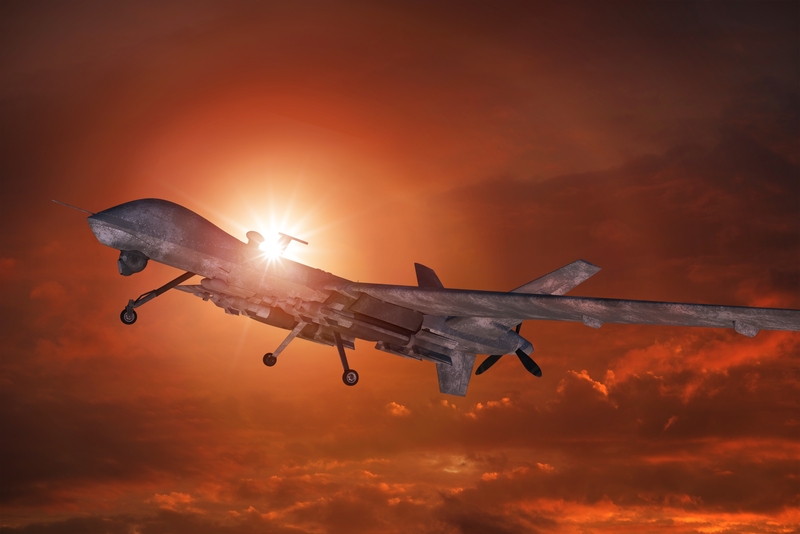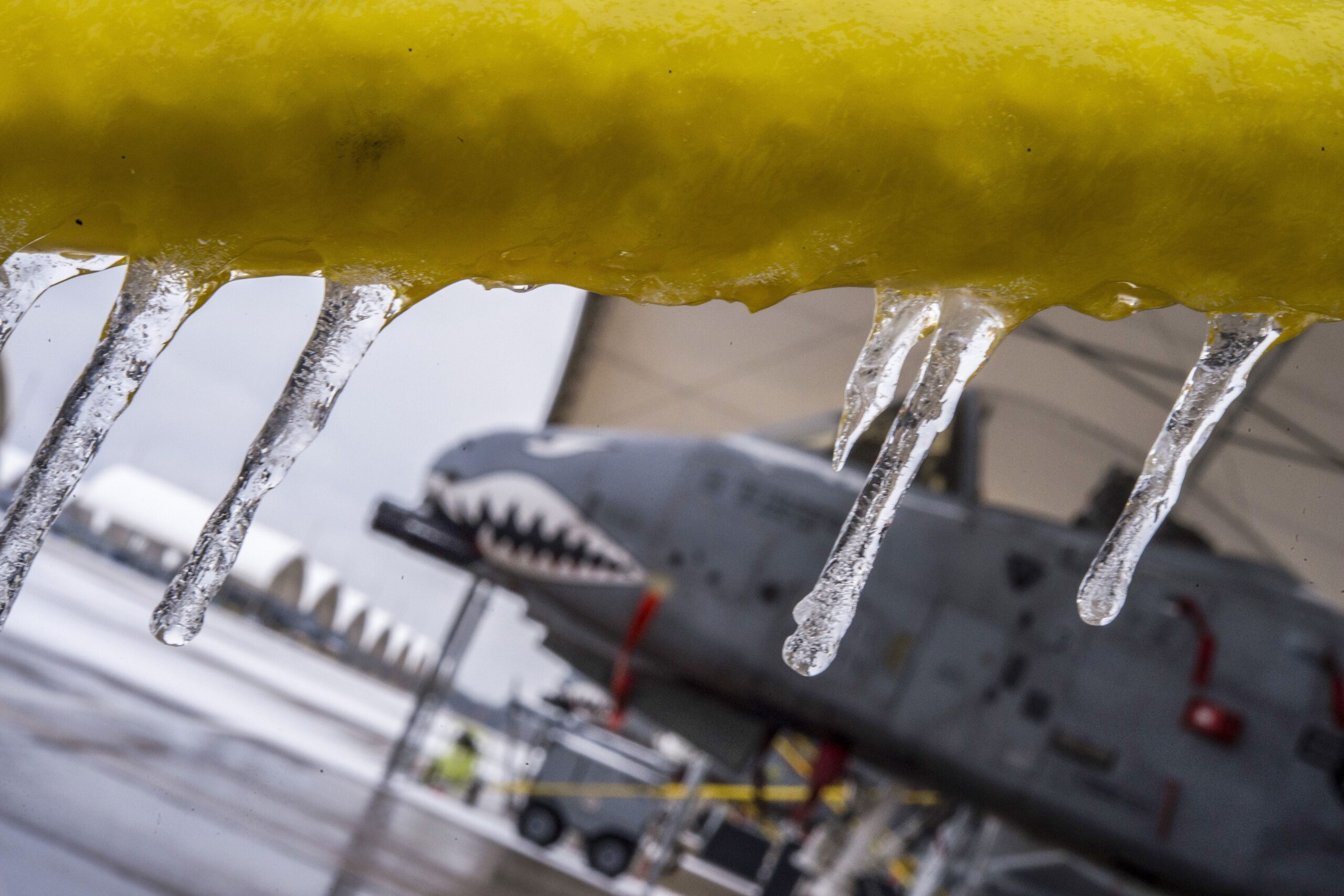
Icing/Freezing Rain MIL-STD-810 Method 521
Icing/Freezing Rain MIL-STD-810 Method 521 testing is used to verify that equipment can operate when exposed to ice accumulations from rain, drizzle, or sea spray. Freezing rain tests can also be used to evaluate de-icing equipment and techniques. Types of Ice Used in Testing Two types of icing is likely to occur in natural exposures:



